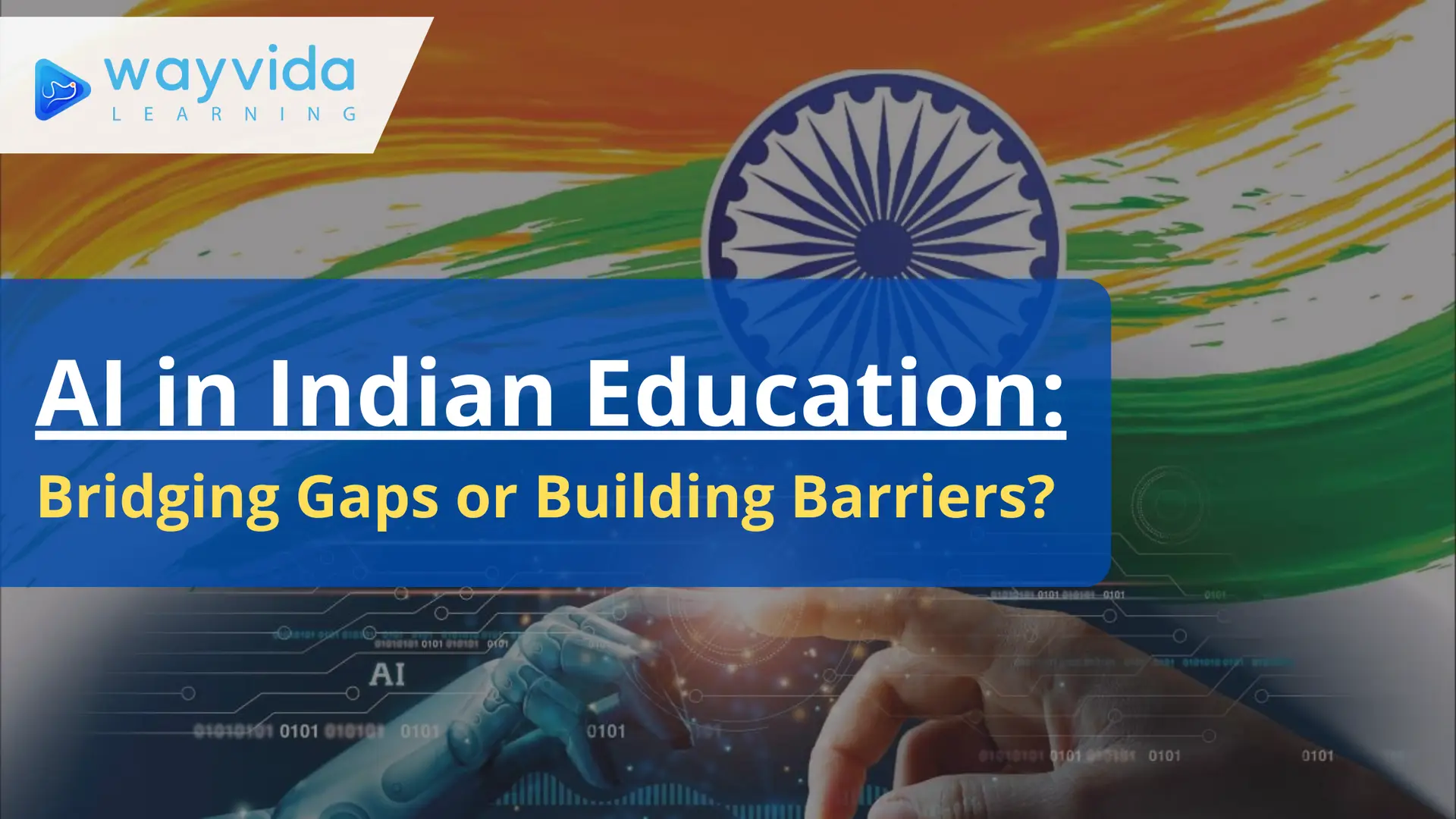
Artificial Intelligence (AI) is shaping the future across industries, and education is no exception. In India, a country with a massive and diverse education ecosystem, the adoption of AI offers a chance to modernize learning. However, this transformation comes with significant hurdles that need careful consideration.
Let’s explore how AI could be a game-changer for India’s education system, while also delving into the barriers it must overcome to ensure inclusive and equitable progress.
How AI Can Revolutionize Indian Education
AI has the potential to bring a paradigm shift in the way students learn and teachers teach. Here are some key benefits:- Personalized Learning Traditional classrooms often follow a one-size-fits-all model, which doesn’t cater to individual student needs. AI can analyze student performance and create tailored learning paths, helping students learn at their own pace and build on their strengths.
- Teacher Support By automating repetitive tasks like grading and record-keeping, AI allows teachers to focus on delivering engaging lessons and mentoring students. Additionally, AI tools can provide teachers with data insights to help them understand class and individual performance better.
- Equal Access to Quality Education India’s education system faces stark inequalities between urban and rural areas. AI-driven platforms can bridge this gap, providing students in underserved regions with access to high-quality educational content, interactive lessons, and virtual mentorship.
- Lifelong Learning AI can promote self-directed learning by acting as a virtual tutor. This approach encourages students to move beyond rote learning, focusing instead on critical thinking, creativity, and real-world problem-solving—skills essential for 21st-century careers.
Barriers to AI Adoption in India’s Education System
While AI offers exciting possibilities, its integration into Indian education comes with several challenges:- The Digital Divide Many Indian students lack access to the internet, devices, or basic digital literacy. Without addressing these gaps, AI could deepen existing inequalities, leaving marginalized communities even further behind.
- Bias in AI Systems AI models rely on historical data, which can carry biases related to language, region, or socio-economic factors. If not addressed, these biases could reinforce inequalities rather than resolve them.
- Overemphasis on Rote Learning The Indian education system often prioritizes exam performance over understanding concepts or applying knowledge. There’s a risk that AI could perpetuate this focus, especially if algorithms are designed with these metrics in mind.
- Intersectional Challenges Issues related to caste, gender, and economic disparities remain deeply rooted in Indian education. If AI solutions don’t account for these nuances, they could unintentionally exclude vulnerable groups.
- Focus on Accessibility AI tools should support multiple regional languages and address the diverse needs of India’s students.
- Bridge the Digital Divide Investments in infrastructure, internet access, and digital literacy programs are essential to ensure AI benefits reach all communities.
- Promote Ethical AI Development Developers must actively work to eliminate biases in algorithms and ensure fairness, transparency, and accountability in AI systems.
- Collaborative Learning Models AI should work hand-in-hand with educators, enhancing their ability to teach while keeping the human touch central to the learning experience.
